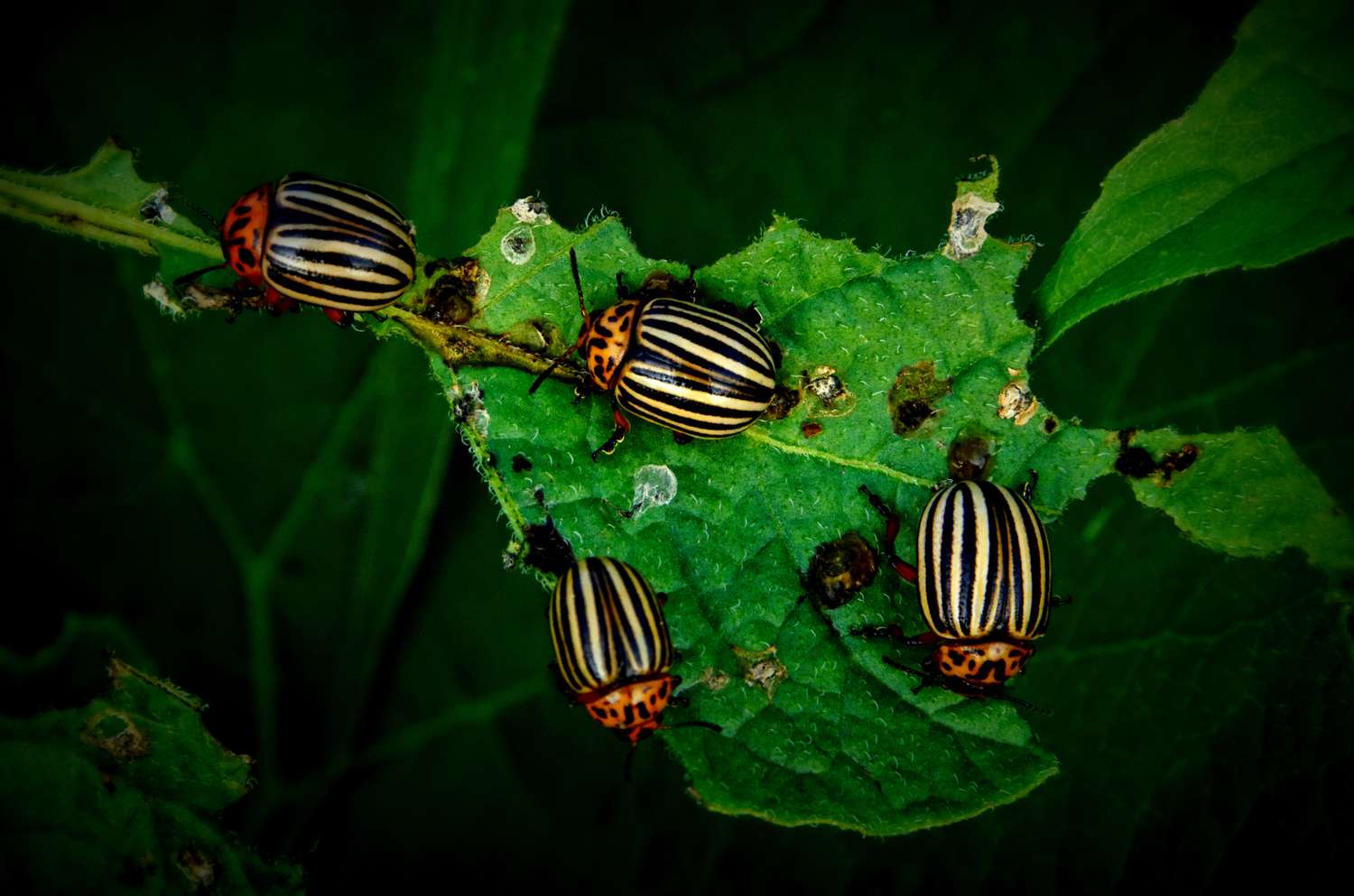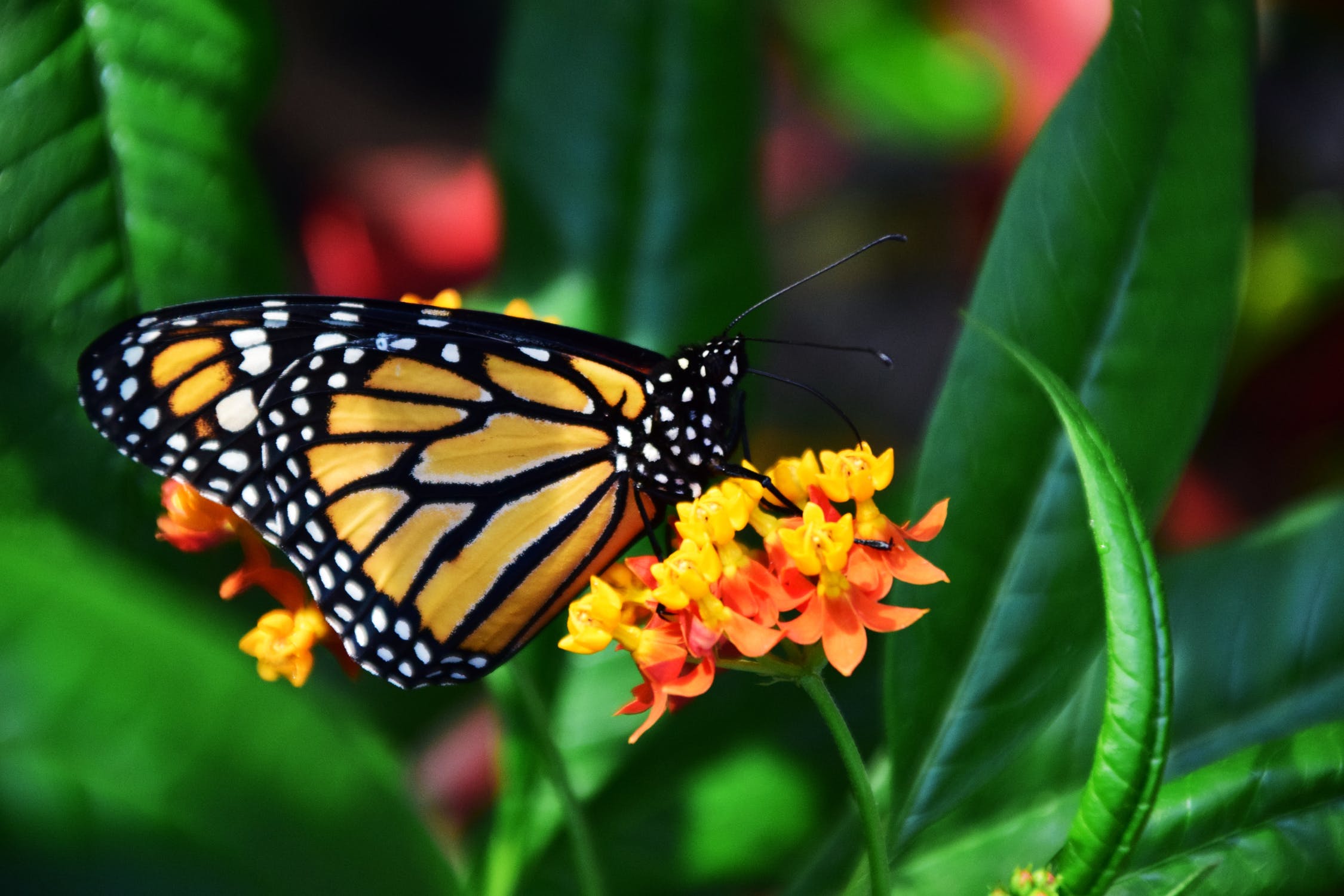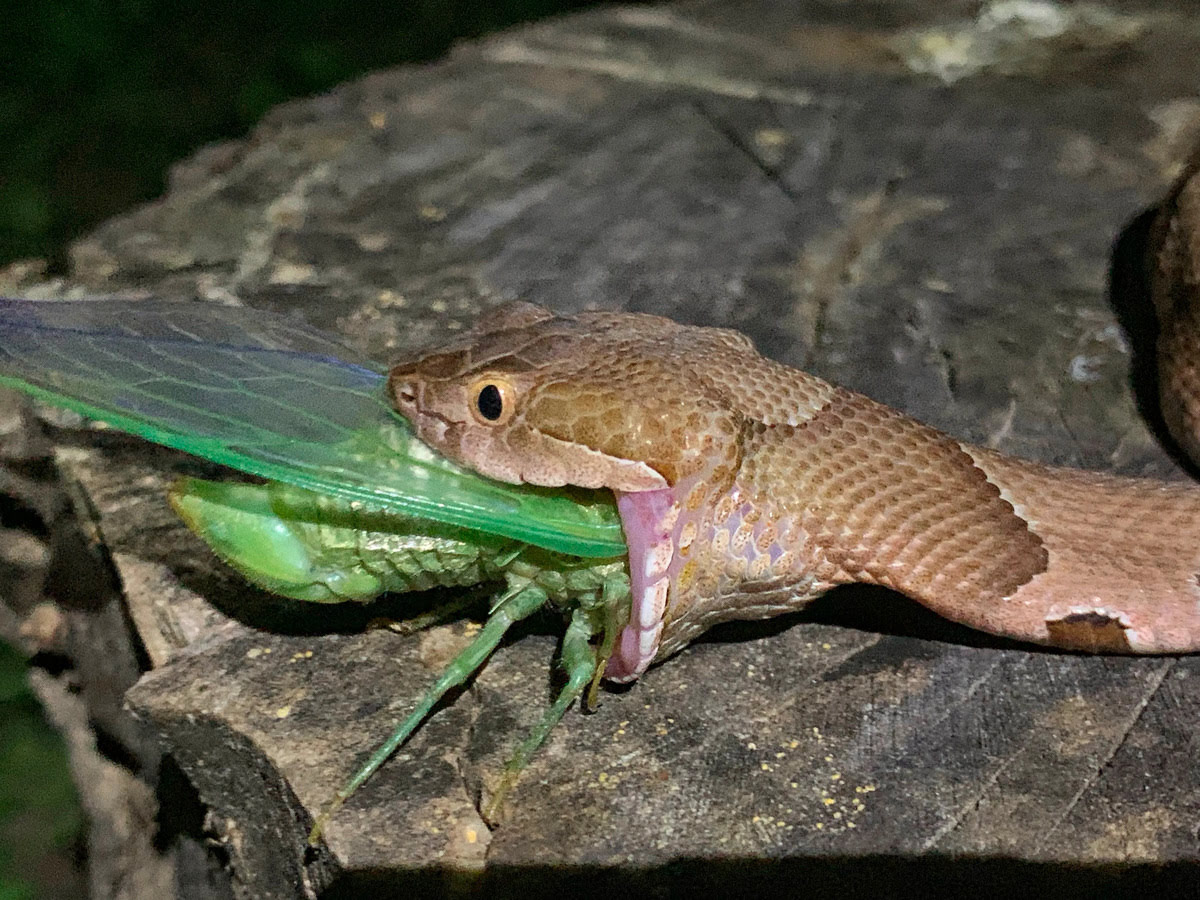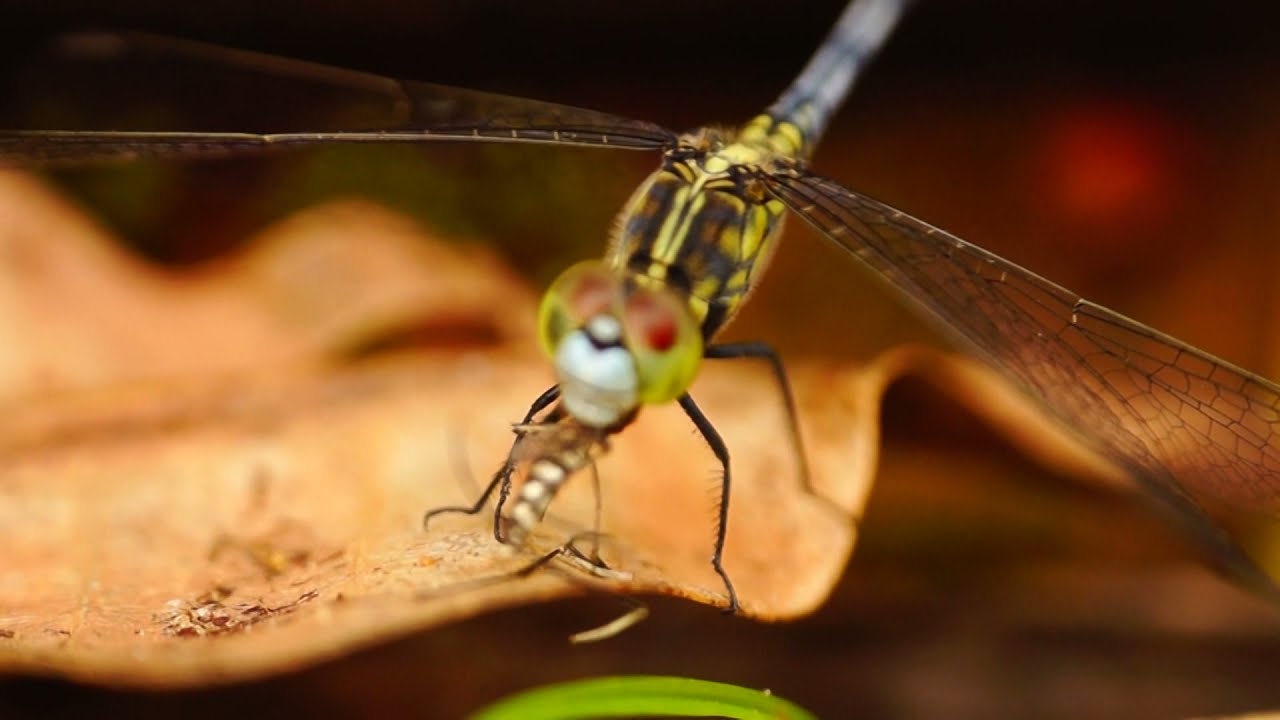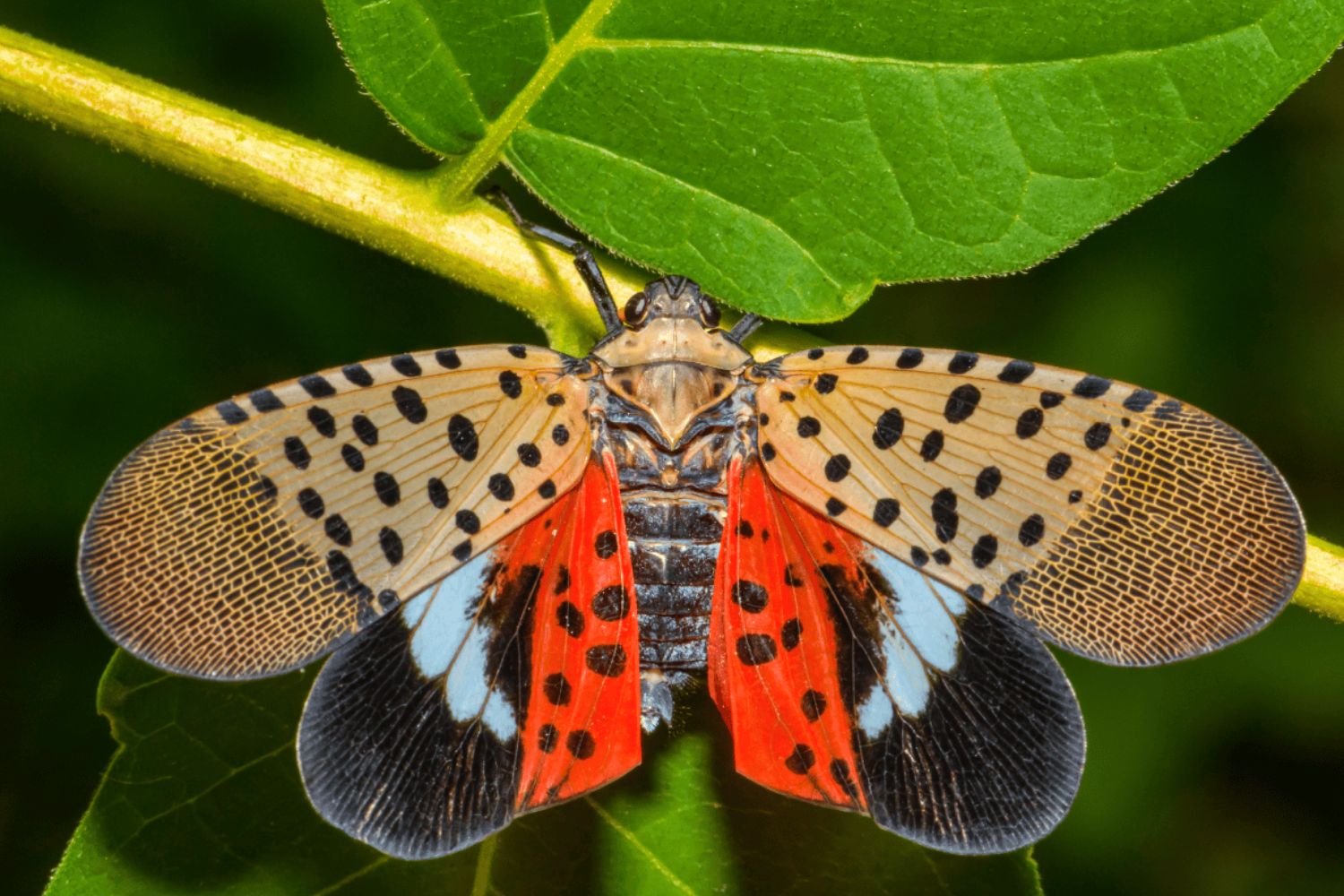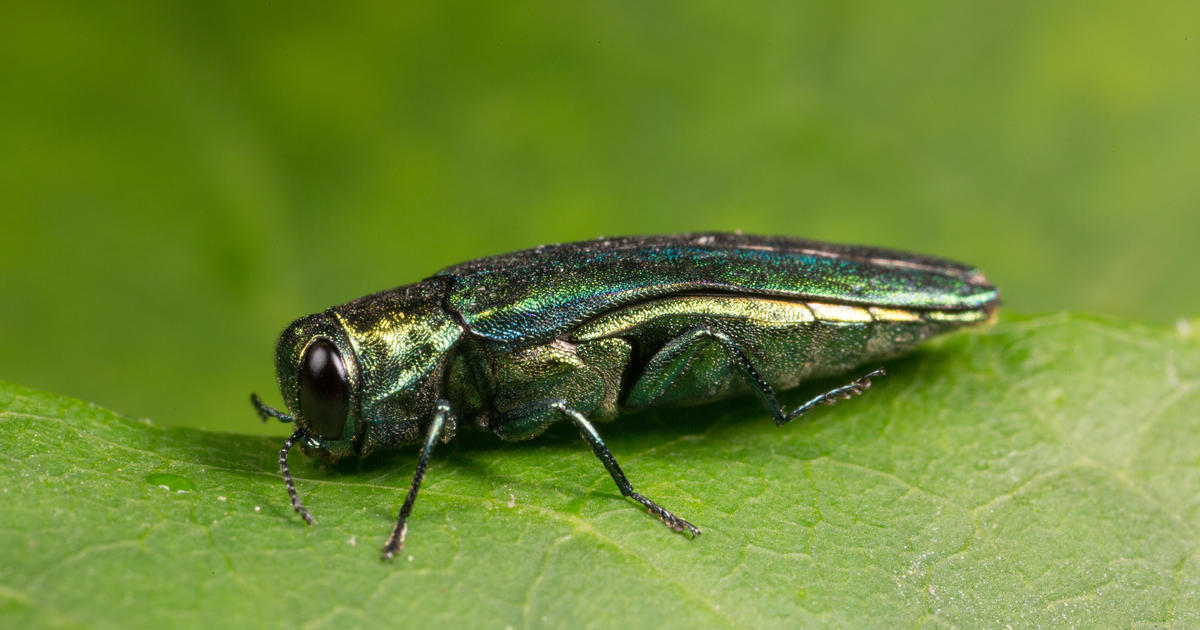Home>Gardening News and Trends>Latest News>What Insects Eat Sunflowers
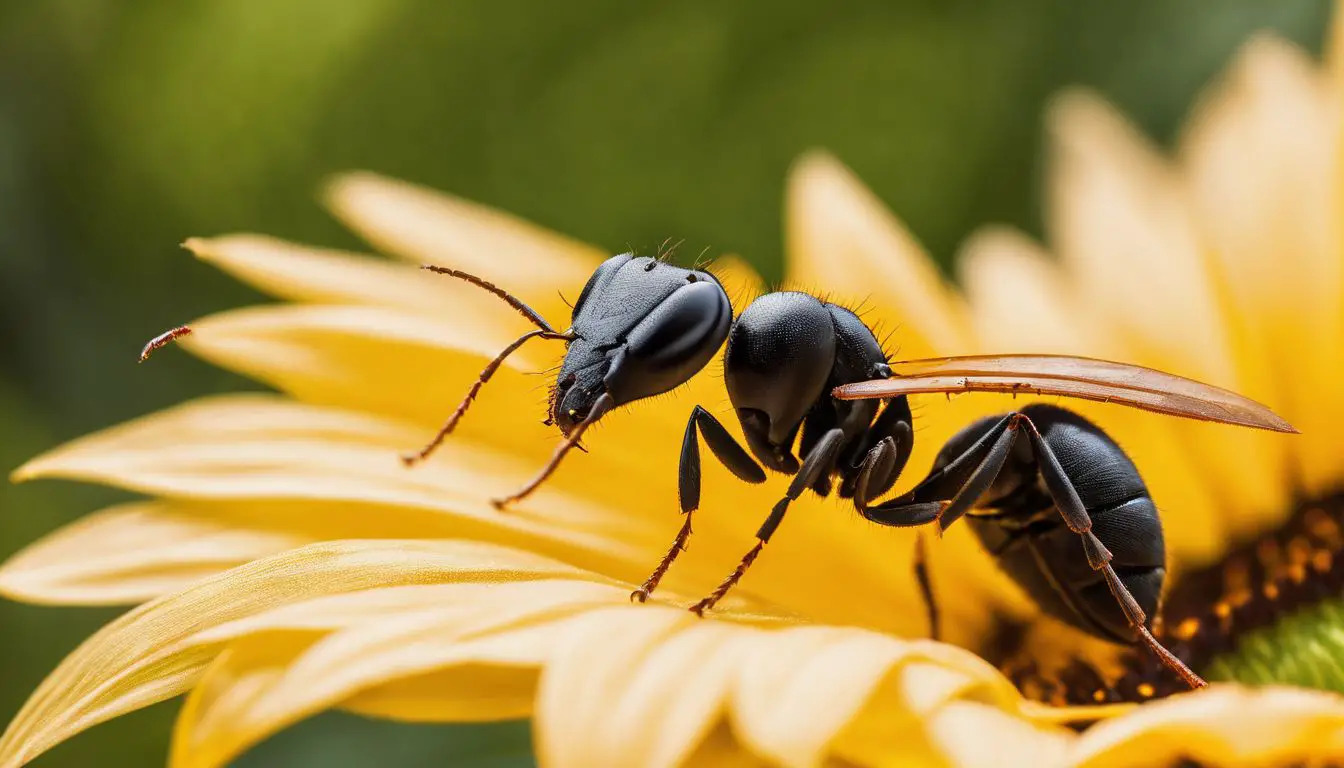

Latest News
What Insects Eat Sunflowers
Modified: January 22, 2024
Latest news on what insects eat sunflowers. Discover the fascinating insights into the dietary habits of insects and their impact on sunflower growth.
(Many of the links in this article redirect to a specific reviewed product. Your purchase of these products through affiliate links helps to generate commission for Chicagolandgardening.com, at no extra cost. Learn more)
Table of Contents
Introduction
Sunflowers, with their vibrant yellow petals and towering heights, are not only aesthetically pleasing but also an important crop in the agricultural industry. These iconic flowers are cultivated for various purposes, including oil production, birdseed, and even as a decorative flower. However, sunflowers are not exempt from pests that can cause damage to their growth and yield.
Insects, in particular, can pose a significant threat to sunflowers. They have evolved to exploit the resources provided by these plants, often feeding on their leaves, stems, and reproductive organs. Understanding the interactions between sunflowers and their insect counterparts is crucial for effectively managing pest populations and protecting the crop.
In this article, we will explore the types of insects that commonly feed on sunflowers, their feeding habits, and the damage they can cause. We will also discuss various management strategies that farmers and gardeners can employ to mitigate insect damage and ensure the healthy growth of sunflowers.
So, whether you have a field of sunflowers ready for harvest or simply enjoy having a few sunflower plants in your garden, read on to discover the fascinating world of these beautiful plants and the insects that rely on them.
Sunflower Anatomy
In order to better understand the interactions between sunflowers and insects, it is important to have a basic knowledge of sunflower anatomy. Sunflowers (scientifically known as Helianthus annuus) are native to North America and belong to the family Asteraceae. They are characterized by their large, daisy-like yellow flowers and tall, sturdy stalks.
The sunflower plant has multiple parts, each serving a specific function in its growth and reproduction. Let’s take a closer look at the key components:
- Root System: Sunflowers have a strong taproot system that helps anchor the plant into the ground and absorb water and nutrients from the soil.
- Stem: The stem of a sunflower is thick, hairy, and tall, usually reaching heights of up to 10 feet or more. It provides structural support to the plant and transports water and nutrients from the roots to the rest of the plant.
- Leaves: Sunflower leaves are large, broad, and heart-shaped. They are arranged alternately along the length of the stem. The leaves play a crucial role in photosynthesis, converting sunlight into energy that the plant can use for growth and development.
- Flower Head: The iconic yellow flower head of a sunflower is composed of numerous individual flowers known as florets. Each floret has both male and female reproductive structures. The perimeter flowers are called ray florets and have long, vibrant yellow petals, while the central flowers are called disc florets and are smaller and darker in color.
- Seeds: The seeds of a sunflower are formed in the center of the flower head, within the disc florets. Each floret can produce a single seed, and as the florets mature, they develop a hard outer shell, encasing the edible kernel inside.
Understanding the various parts of a sunflower is essential for identifying the vulnerable areas that insects may target for feeding or egg-laying. Now that we have examined the anatomy of a sunflower, let’s delve into the common insects that feed on these remarkable plants.
Common Insects That Feed on Sunflowers
Sunflowers are host to a wide array of insect species, each with its own feeding preferences and habits. These insects vary in size, appearance, and behavior, but all have one thing in common: they rely on sunflowers as a vital resource for survival. Here are some of the most common insects that feed on sunflowers:
- Sunflower Beetle (Zygogramma exclamationis): This small, oval-shaped beetle has distinctive black and yellow markings on its body. It feeds primarily on the leaves, causing visible damage by skeletonizing them, leaving behind a lacy appearance. Sunflower beetles can be especially problematic during the early stages of plant growth.
- Seed Weevils (Smicronyx spp.): Seed weevils are small beetles that are attracted to developing sunflower seeds. These insects lay their eggs on the flower heads, and the larvae feed on the developing seeds inside, leading to reduced seed quality and yield. They can be identified by their elongated bodies and long snouts.
- Cutworms (Noctuidae family): Cutworms are caterpillars of various moth species that feed on the stems of sunflower plants. They chew through the stems, causing the plants to wilt and potentially die. Cutworms are nocturnal and typically hide in the soil during the day, making them difficult to detect.
- Aphids (Aphidoidea superfamily): These tiny, soft-bodied insects can be found in large colonies on the leaves, stems, and flower heads of sunflowers. Aphids feed on plant sap, causing the leaves to curl, turn yellow, and develop a sticky residue known as honeydew. They reproduce rapidly, making them a common pest in sunflower fields and gardens.
- Sunflower Moth (Homoeosoma electellum): The sunflower moth is a small, grayish-brown moth that lays its eggs on the flower heads. The larvae then bore into the developing seeds, causing significant damage and reducing seed quality. Infested seeds may appear shriveled or discolored.
These are just a few examples of the myriad of insects that can feed on sunflowers. It is important to regularly monitor sunflower plants for signs of insect infestation, as early detection can help prevent widespread damage. In the next section, we will explore the feeding habits of these insects and the types of damage they can cause to sunflowers.
Feeding Habits of Sunflower Insects
Each insect species that feeds on sunflowers has its own unique feeding habits and preferences. Understanding these feeding behaviors is essential for effective pest management and mitigating the damage caused by these insects. Let’s explore the feeding habits of common sunflower insects:
- Sunflower Beetle: Sunflower beetles primarily feed on the foliage of sunflowers, consuming the soft plant tissue between the veins of the leaves. The beetles often skeletonize the leaves, leaving only the veins behind. They can quickly defoliate plants, reducing their ability to photosynthesize and negatively impacting growth and yield.
- Seed Weevils: Seed weevils specifically target the developing seeds of sunflowers. The female weevils lay their eggs on the flower heads, and the hatched larvae feed on the seeds inside. As they feed, the larvae consume the seed contents, resulting in reduced kernel size, poor germination rates, and lower seed quality.
- Cutworms: Cutworm caterpillars feed on the stems of sunflowers by chewing through them, often near ground level. This feeding behavior can cause the plants to wilt, break, or even die. Cutworms are most active during the night and typically hide in the soil or debris during the day.
- Aphids: Aphids feed on sunflowers by piercing the plant tissue with their mouthparts and extracting sap. They tend to congregate on the undersides of leaves and in the axils of stems, sucking out the plant’s nutrients. This feeding can result in curled leaves, stunted growth, and the production of sticky honeydew, which can attract other pests and promote the growth of sooty mold.
- Sunflower Moth: The larvae of the sunflower moth bore into the developing seeds of sunflowers. They feed on the seed contents, damaging the kernels and decreasing the quality and market value of the seeds. Infested seeds typically appear shriveled or discolored.
It is worth noting that while some insects, like the sunflower beetle, primarily feed on specific plant parts, others, such as aphids, have a more generalized feeding behavior. By understanding the feeding habits of these insects, farmers and gardeners can implement targeted pest control measures to minimize the damage inflicted on sunflowers.
Damage Caused by Insect Feeding
Insect feeding on sunflowers can result in various types of damage, ultimately impacting the growth, health, and yield of the plants. Understanding the potential damage caused by these pests is essential for implementing effective pest management strategies. Here are some of the common types of damage caused by insect feeding on sunflowers:
- Defoliation: Insects like the sunflower beetle can rapidly defoliate sunflower plants by feeding on the leaves. This reduces the surface area available for photosynthesis, compromising the plant’s ability to produce energy and grow. Severe defoliation can weaken the plants and limit their overall productivity.
- Seed Damage: Insects that target the developing seeds, such as seed weevils and sunflower moth larvae, can significantly impact seed quality and yield. Their feeding can lead to reduced kernel size, poor germination rates, and damaged or discolored seeds, ultimately affecting the market value of the crop.
- Stem Wounding: Cutworms and other stem-feeding insects can cause physical damage to the stems of sunflowers. This can lead to stem breakage, wilting, and even plant death. Infestations can be particularly problematic during the early growth stages of sunflowers when the stems are still tender.
- Growth Stunting: Prolonged feeding by aphids and other sap-sucking insects can stunt the growth of sunflowers. These pests remove vital nutrients from the plants, resulting in stunted and distorted growth. Additionally, the production of honeydew by aphids can attract other pests and promote the growth of sooty mold, further impacting plant health.
- Secondary Infections: Insect feeding can create openings in the plant tissue, making sunflowers more susceptible to secondary infections by fungi, bacteria, or other pathogens. These infections can further weaken the plants, hinder their growth, and potentially lead to severe crop losses.
The extent and severity of damage caused by insect feeding on sunflowers can vary depending on factors such as the insect species, population size, and environmental conditions. It is crucial to regularly monitor sunflower fields or garden plants for signs of insect infestations to initiate timely intervention and minimize potential damage.
In the next section, we will discuss various management strategies that can be employed to protect sunflowers from the harmful effects of insect feeding.
Management Strategies for Protecting Sunflowers from Insect Damage
Protecting sunflowers from insect damage requires a comprehensive and integrated approach that combines preventive measures, monitoring, and targeted pest control strategies. Here are some effective management strategies to safeguard your sunflowers:
- Cultivar Selection: Choose sunflower cultivars that are known to have resistance or tolerance to specific insect pests. There are varieties available that exhibit traits such as resistance to sunflower beetles or seed weevils, reducing the susceptibility of the plants to these pests.
- Healthy Planting Practices: Start with healthy, disease-free seed or seedlings when planting sunflowers. Providing optimal growing conditions, including proper soil preparation, adequate spacing, and appropriate fertilization, can enhance the overall health and vigor of the plants, making them more resilient to insect damage.
- Regular Monitoring: Regularly inspect your sunflower plants for signs of pest activity. Look for chewed leaves, wilting stems, aphid colonies, or any other indicators of insect feeding. Early detection allows for timely intervention and prevents infestations from spreading and causing significant damage.
- Biological Control: Introduce natural enemies of sunflower pests, such as ladybugs, lacewings, or parasitic wasps, to the sunflower field or garden. These beneficial insects can help keep pest populations in check by preying on or parasitizing the pests.
- Cultural Practices: Implement cultural practices that reduce pest pressure. For example, practicing crop rotation can disrupt the lifecycle of certain pests, while removing and destroying plant residues after harvest can help prevent the overwintering of insect pests.
- Chemical Control: As a last resort, if pest populations reach damaging levels and other strategies have proven ineffective, consider the judicious use of insecticides. Opt for selective insecticides that specifically target the pests while minimizing harm to beneficial insects and the environment. Always follow label instructions and adhere to safety guidelines.
It is crucial to note that integrated pest management (IPM) practices emphasize the use of multiple strategies in a complementary manner, rather than relying solely on one method. This approach ensures long-term effectiveness while reducing reliance on synthetic pesticides.
By implementing these management strategies, you can help protect your sunflowers from insect damage and promote their healthy growth and development.
Conclusion
Sunflowers are not only beautiful flowers but also important crops that play a significant role in various industries. However, these iconic plants are not immune to the feeding and damage caused by insects. Understanding the common insects that feed on sunflowers, their feeding habits, and the damage they can cause is vital for effective pest management.
From sunflower beetles to seed weevils, cutworms to aphids, and sunflower moths, these pests can defoliate leaves, damage seeds, stunt growth, and create openings for secondary infections. The impact of insect feeding can result in reduced yield, poor quality seeds, and even plant death.
Fortunately, there are management strategies that can help protect sunflowers from insect damage. Selecting resistant cultivars, practicing healthy planting techniques, regularly monitoring for pests, and implementing biological and cultural control methods are important components of integrated pest management. When necessary, the targeted use of insecticides can provide further protection.
By adopting a comprehensive and proactive approach to pest management, sunflower growers and gardeners can minimize the impact of insects on their crops, ensuring healthy plant growth and maximizing yield. It is essential to stay attentive to the needs of the sunflowers throughout their growth stages and take prompt action when pest populations exceed thresholds.
So, whether you are cultivating sunflowers for oil production, birdseed, or simple admiration, knowing about the common insects that feed on sunflowers and implementing effective management strategies can help you safeguard your plants and enjoy the beauty and bounty they provide.


